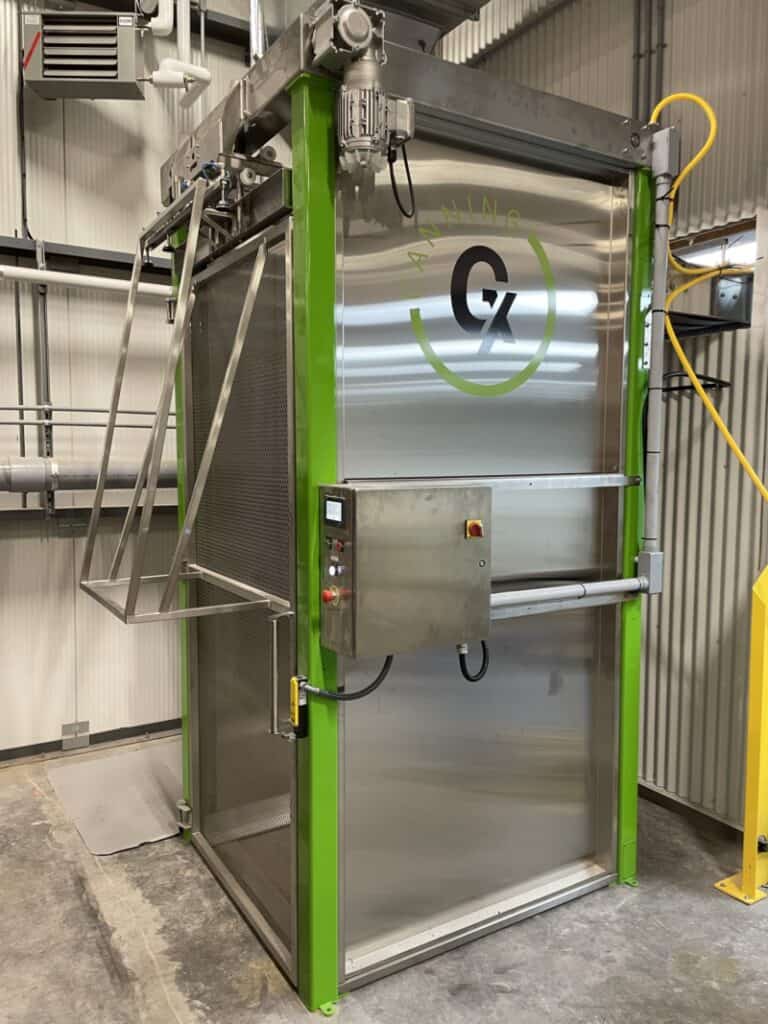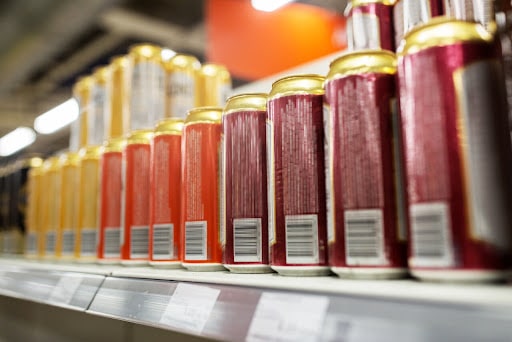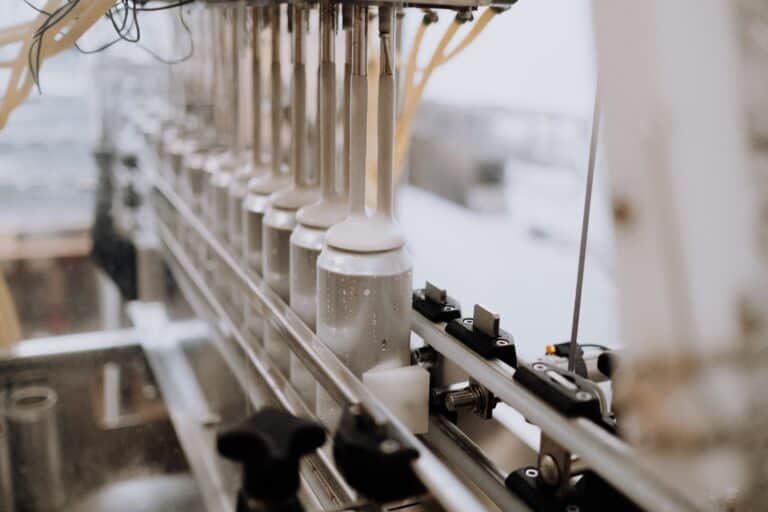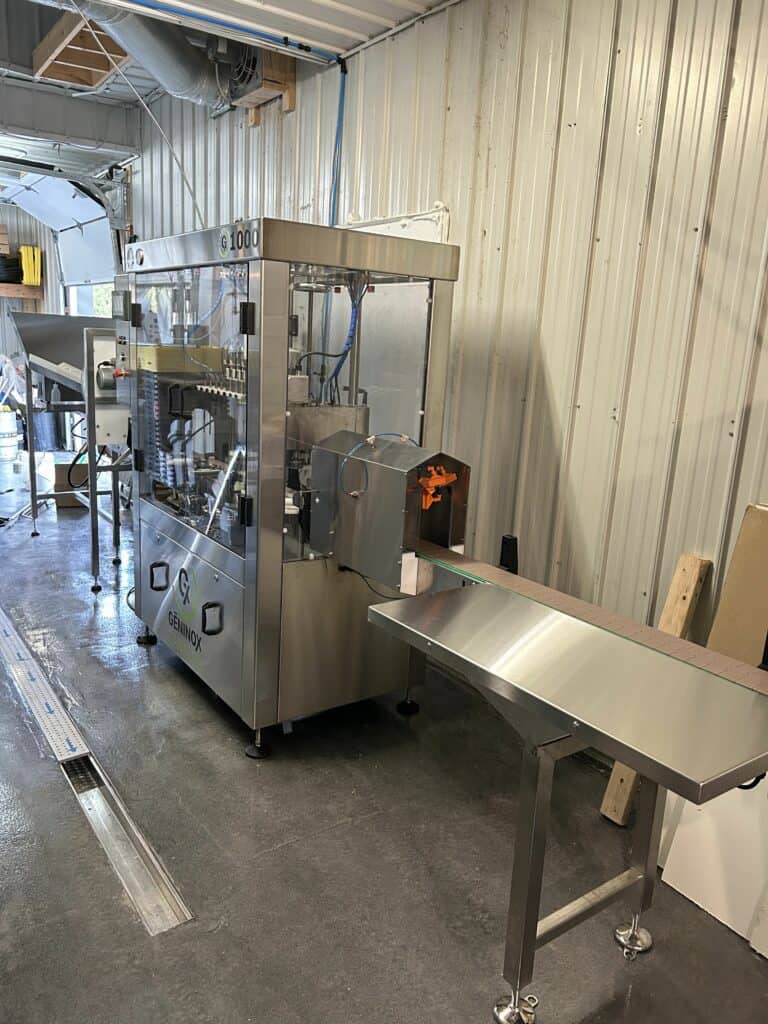The Basics of Beer Canning: Everything You Need to Know
I. What is Beer Canning?
Beer canning is the process of filling and sealing beer in cans. It requires specific equipment, such as a canning machine or seamer, to maintain the quality of the product and ensure it is properly sealed and packaged. Depending on the size and scope of the operation, a single machine or system may be employed or multiple machines can be used in tandem.
The process involves several steps, including filling the cans with beer, purging them of oxygen to create an airtight seal, sealing them with a lid, and using a canning machine or seamer to close the cans. The sealed cans are then stored or shipped out for distribution.
Benefits of Canning Beer
Canned beer offers a number of benefits over other types of packaging, such as bottles. They are more lightweight and can be easily shipped, making them ideal for distribution. Additionally, cans are more durable than bottles and can withstand high temperatures and pressure changes. They are also recyclable, making them more environmentally friendly than other types of packaging.
User Friendly Can Filling Systems
Longevity
Canned beer also has a longer shelf-life than other forms of packaging because of the air-tight seal achieved through the canning process. This makes canned beer a more reliable option for long-term storage and distribution.
II. Cost-Effectiveness of canned beer
The cost of beer canning equipment is relatively cost-effective compared to other forms of packaging. A single machine or system can range from a few hundred dollars to several thousand, depending on the size and scope of the operation. In addition, the process of canning is relatively simple, making it an ideal choice for small-scale brewers who are just starting out.
For larger breweries, the cost-effectiveness of canned beer is even greater. Cans can be purged and sealed more quickly, allowing for faster turnaround times and larger production runs.
III. Preparing your Beer for Canning
To properly can beer, it must first be prepared to ensure it is at the right temperature and consistency. The beer must be at a specific temperature to ensure the cans are purged and sealed correctly. Additionally, it must be purged of oxygen, which can affect the taste and quality of the beer. It’s also important to ensure the beer is properly carbonated before canning.
Finally, the beer must be tested for quality assurance before canning. This means testing a sample for any contaminants or flavors that may be present. Once the beer passes the quality test, it can be canned and distributed.
Cleaning and Sanitizing
In the process of beer canning, it is crucial to ensure that all equipment used in the process is properly cleaned and sanitized. This includes the canning machine, lid applicator, and the cans themselves to avoid contamination by bacteria or other contaminants that could compromise the quality and taste of the beer.
Rinsing with ionized air
To further eliminate any debris or particles that may remain on the equipment, it is important to rinse it with ionized air. This step helps to guarantee the beer is free from contaminants and the cans are sealed properly.
Manufacturing Canning Line In Our Factory
Beer canning is like putting a puzzle together. Each piece of equipment is like a different piece of the puzzle that needs to fit perfectly together in order to create the ultimate final product. Once all the pieces are in place, the beer is ready to be canned and shipped off to its thirsty customers.
P-L C. Co-Owner
IV. The Process of Canning Beer
Once the beer has been prepared, the canning process can begin. The cans are filled and purged with carbon dioxide before they are seamed with a seamer. The seamer helps to ensure that the cans are properly sealed and that no air can enter the can. Once the cans are sealed, they are ready to be shipped or stored.
The process of canning beer can be time consuming and expensive. However, the cost-effectiveness and flexibility of canned beer make it an attractive option for many breweries. By investing in a quality canning system, breweries can reduce their costs and streamline their production processes.
Capping and Seaming
The last step in the canning process is capping and seaming. This involves a seamer attaching a lid to the top of the can, which seals the beer in. The seamer also helps to ensure that the lid is properly sealed and that no air can enter the can. Additionally, the seamer can be used to purge the cans of oxygen, which can affect the taste and quality of the beer.
Finally, it’s important to inspect each can before it is sealed. This helps to ensure that there are no leaks or damage to the cans that could lead to spoilage or contamination. Once the cans have been inspected and approved, they can be sealed and shipped. Quality assurance is an essential part of the beer canning process, as it helps to ensure that the beer is free from any contaminants or off-flavors. Additionally, it helps to prevent any spoilage or contamination that could occur when the beer is stored or shipped.
At this point, the beer canning process is complete and the cans are ready to be shipped or stored. With the right equipment and processes in place, breweries can can their beer with ease and efficiency.
Filling
The first step in canning beer is the filling process. The beer is typically pumped into the cans, which are then purged with carbon dioxide. This helps to eliminate any oxygen from the can, which can affect the flavor and quality of the beer. The cans are then weighed and inspected for any damage or leakage. At this point, any cans which show signs of damage or leakage are discarded.
Sealing
Once the cans are filled, they are ready to be sealed. This can be done with a seamer, which attaches a lid to the top of the can. This lid seals the beer in and helps to ensure that no air
V. Canning Equipment
In order to can beer, breweries need to invest in the necessary equipment. This includes a canning machine, seamer, and other necessary packaging equipment. Additionally, breweries need to ensure that all of their equipment is properly maintained and kept clean. This helps to ensure that the beer is of the highest quality, as any contamination or off-flavors can be avoided. Additionally, canning machines and seamer need to be checked regularly to ensure that they are functioning properly and that the cans are being sealed properly.
Automated Canning Lines Manufacturer
Canning Lines
When canning beer, it is important to keep in mind the overall canning process. This includes the filling, purging, sealing, and inspection processes. It is important to have a well-designed and efficient canning line that can keep up with the demands of your brewery.
Seamers
The seamer is the equipment that is used to attach the lid to the can. This helps to ensure that the beer is properly sealed and that the lid is secured. It is important to invest in a quality seamer that is designed for the specific cans that you are using. Additionally, it is important to ensure that the seamer is properly maintained and regularly inspected to ensure that the cans are properly sealed. |
These are the basics of beer canning and the necessary equipment that is needed. By following the necessary steps and investing in the right equipment, breweries can can their beer with ease and efficiency. Additionally, it is important to keep in mind the overall process and ensure that the equipment is properly maintained and inspected to ensure that the beer is of the highest quality. By doing so, breweries can can their beers with confidence and be sure that their products are of the highest quality.
Depalletizers
Another piece of equipment that is often included in the canning process is a depalletizer. This is a machine that is used to unload pallets of cans onto a conveyor belt. This helps to ensure that the cans are properly loaded onto the filling machine, which is the next step in the canning process. Depalletizers can also help to speed up the process and make it more efficient overall.
VI. Final Thoughts
The basics of beer canning are important to understand when it comes to the overall process. By investing in the right equipment, like canning machines, seamers, and depalletizers, breweries can be sure their beer retains its freshness. Additionally, regular maintenance and inspection of equipment is essential to ensure cans are properly seamed and the beer is of the highest quality. With these basics in mind, breweries can be sure their beer is canned in the most efficient and safest way possible.
GX CANNING is a division of Géninox.






